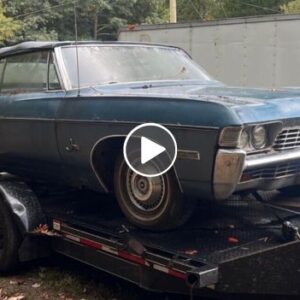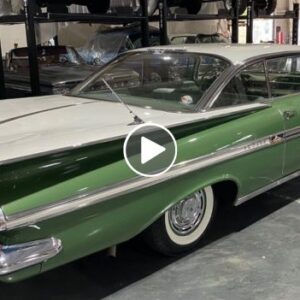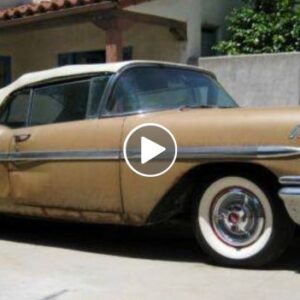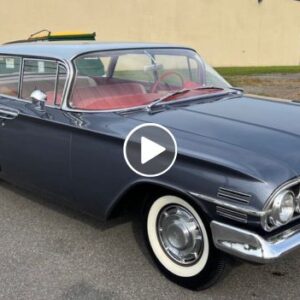In a development described by music experts as “a bombshell in the world of Baroque opera,” a new version of Vivaldi’s opera Orlando Furioso has been discovered, 270 years after his death.
The manuscript has been dated to 1714, 13 years before Vivaldi composed his later masterpiece. It contains as many as 20 new arias, never heard before—all composed around the time that Vivaldi was also working on The Four Seasons, said to be the most-recorded piece of classical music in history.
“It’s a gift from heaven,” said Susan Orlando, a Vivaldi expert. Federico Maria Sardelli, the Vivaldi scholar who initially identified the master’s hand, said: “The music is completely new for everybody. It’s very exciting.” Although the manuscript was among the vast number of Vivaldi papers in an Italian library, it had been overlooked because it did not bear a composer’s name.
In 1714, an Orlando opera was a huge hit at the Teatro San Angelo in Venice, running for 40 performances—a long run at the time. The theatre’s directors were Vivaldi and his musician father, but the fact that this opera was by Vivaldi himself went unnoticed by posterity.
Musicologists now believe that because Vivaldi was still a priest, he may not have wanted to attract attention to an activity possibly seen as frivolous. Another theory is that he did not want to be seen to dominate the theatre, having just had another opera staged there.
The manuscript was found in the Biblioteca Nazionale in Turin, in Vivaldi’s personal library. It had somehow been catalogued as a revision of an existing Orlando Furioso by a young Bolognese composer, Giovanni Alberto Ristori.
Sardelli began studying it because it could not be explained why Vivaldi should have kept this music in his personal corpus among all his other scores. No other composer’s works were in the library.
A meticulous examination of the manuscript by Sardelli, confirmed by other leading scholars, has shown that it was by the master himself. Sardelli described it as being less complex than Vivaldi’s later music. But it was also beautiful, exuding the inspiration and clarity of The Four Seasons, he said. “Vivaldi was composing The Four Seasons around the same time. There are no close thematic links [with the new Orlando], but the musical language is very close. It’s an extraordinary opera … He was full of ideas.”
The libretto is the only overlap between the two Orlando Furiosos. Based on the epic poem by Ludovico Ariosto, Grazio Braccioli’s dramatic libretto inspired Vivaldi with its tales of lovers, dark magic,, and madness. The music, though, is completely different. The role of Orlando, for example, is sung by a baritone in the 1714 work and a mezzo-soprano in the 1727 version.
Susan Orlando said, “So much will be gleaned by musicologists from comparing these two as far as the evolution of his compositional style.”
The find comes as filmmakers are said to be planning a major film about the composer’s early life, starring Max Irons. It is one of several Vivaldi biopics in the pipeline.
Although his father was a violinist who taught his son to play from an early age, Vivaldi was sent to join the priesthood at 15. He studied for a decade, received holy orders,, and was nicknamed “il prete rosso”—the red priest—inspired by his hair colour. But by 1703, Vivaldi was employed as maestro di violino at the Pio Ospedale della Pieta, a Venetian school for abandoned girls, to which he remained affiliated for much of his life. He died destitute in Vienna in 1741, was buried unceremoniously in a hospital cemetery, and only in the last century was his music rediscovered.
Orlando said: “Not only is it amazing in the world of Baroque opera to suddenly find that Vivaldi wrote two Orlando Furiosos, but also what it says about him as a composer—taking a libretto and working it, and then going back to it and working it again. Nobody expected anything like this.”
The “new” Orlando will be given its world premiere at the Festival de Beaune on July July 20 and recorded for release in November by the French label Naïve for its Vivaldi Edition series.





